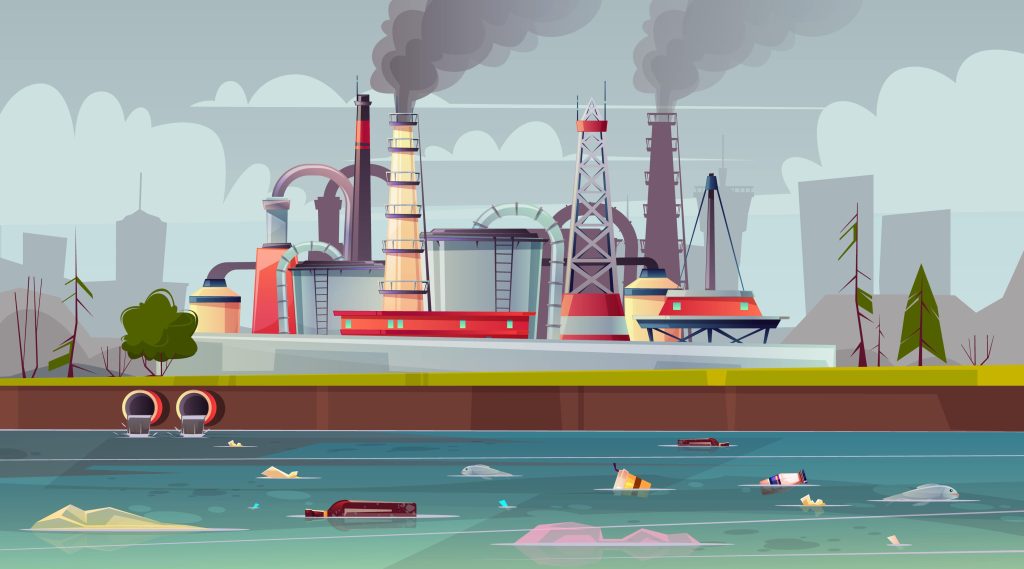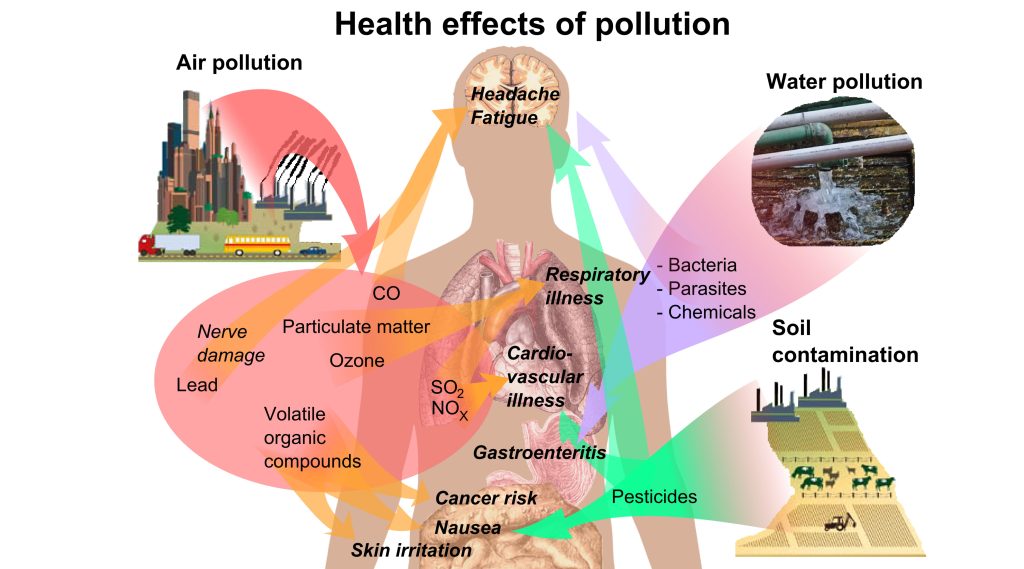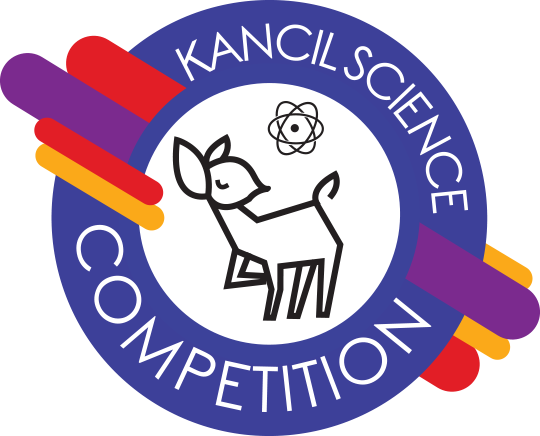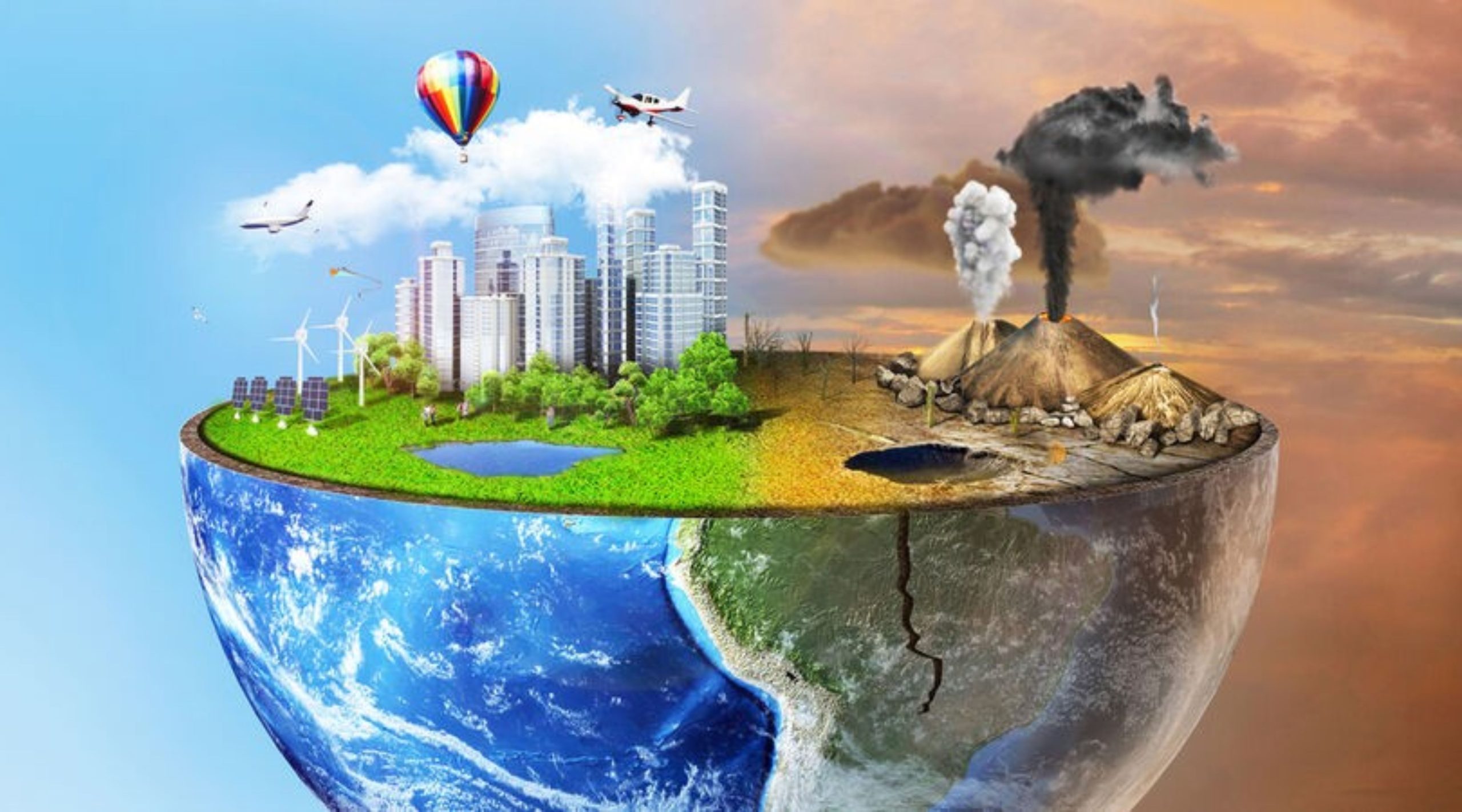Definition
Pollution is the introduction of contaminants into the natural environment that cause adverse change. Pollution can take the form of chemical substances or energy, such as noise, heat or light. Pollutants, the components of pollution, can be either foreign substance/energies or naturally occurring contaminants. Pollution is often classed as point source or point source pollution.
Classification of Pollution

1) Point source pollution
Comes from a single identifiable origin, such as factory, pipe, sewage outlet or smoke stack. It includes single events, such as oil spills.
2) Non-point source pollution
More diffuse and a single source is not easily identified. It includes agricultural run-off into waterways and trash blown from the land into the ocean.
Forms of Pollution

i. Air pollution | ii. Radioactive contamination |
iii. Light pollution | iv. Thermal pollution |
v. Littering | vi. Visual pollution |
vii. Noise pollution | viii. Water pollution |
Sources and Causes
Impact of Pollution

Human Health
Adverse air quality can kill many organisms including humans. Ozone pollution can cause respiratory disease, cardiovascular disease, throat inflammation, chest pain, and congestion. Water pollution causes approximately 14,000 deaths per day, mostly due to contamination of drinking water by untreated sewage in developing countries. Oil spills can cause skin irritations and rashes. Noise pollution induces hearing loss, high blood pressure, stress, and sleep disturbance. Mercury has been linked to development deficits in children and neurologic symptoms.
Environment
Pollution has been found to be present widely in the environment. There are a number of effects of this:
- Bio magnification describes situations where toxins (such as heavy metals) may pass through trophic levels, becoming exponentially more concentrated in the process.
- Carbon dioxide emissions cause ocean acidification, the ongoing decrease in the pH of the Earth’s oceans as CO2 becomes dissolved.
- The emission of greenhouse gases leads to global warming which affects ecosystems in many ways.
- Invasive species can out complete native species and reduce biodiversity.Invasive plants can contribute debris and biomolecules (allelopathy) that can alter soil and chemical compositions of an environment, often reducing native species competitiveness.
- Nitrogen oxides are removed from the air by rain and fertilise land which can change the species composition of ecosystems.
- Smog and haze can reduce the amount of sunlight received by plants to carry out photosynthesis and leads to the production of tropospheric ozone which damages plants.
- Soil can become infertile and unsuitable for plants. This will affect other organisms in the food web.
- Sulphur dioxide and nitrogen oxides can cause acid rain which lowers the pH value of soil.
Conclusion
In a nutshell, every kind of pollution leaves a huge negative impact on our environment, human lives, animals etc. We, as responsible citizens, must take steps towards a better tomorrow. We must join hands to take various initiatives and fight against this problem. A lot of innocent lives are put in danger due to pollution every day. If we don’t do anything from now on or take a stand to make the earth pollution-free, then the doomsday will be upon us very soon.




